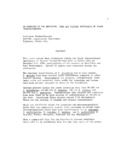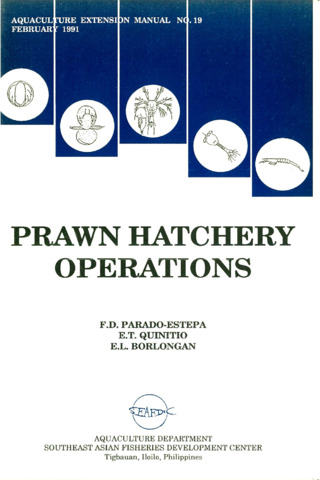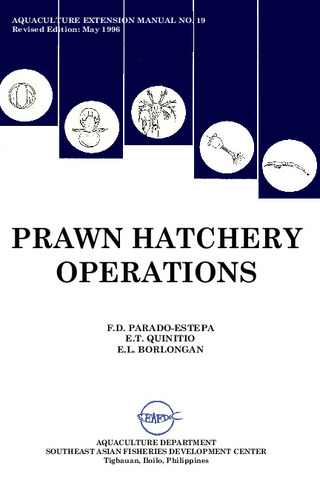Poly-beta-hydroxybutyrate-enriched Artemia sp. for giant tiger prawn Penaeus monodon larviculture
Share
| dc.contributor.author | Ludevese-Pascual, Gladys | |
| dc.contributor.author | Laranja, Joseph Leopoldo | |
| dc.contributor.author | Amar, Edgar C. | |
| dc.contributor.author | Sorgeloos, Patrick | |
| dc.contributor.author | Bossier, Peter | |
| dc.contributor.author | De Schryver, Peter | |
| dc.date.accessioned | 2017-09-06T03:32:30Z | |
| dc.date.available | 2017-09-06T03:32:30Z | |
| dc.date.issued | 2017 | |
| dc.identifier.citation | Ludevese-Pascual, G., Laranja, J. L. Q., Amar, E. C., Sorgeloos, P., Bossier, P., & De Schryver, P. (2017). Poly-beta-hydroxybutyrate-enriched Artemia sp. for giant tiger prawn Penaeus monodon larviculture. Aquaculture Nutrition, 23(2), 422-429. | en |
| dc.identifier.issn | 1353-5773 | |
| dc.identifier.uri | http://hdl.handle.net/10862/3219 | |
| dc.description.abstract | The beneficial effects of PHB as supplement for giant tiger prawn Penaeus monodon postlarvae using a short-term enrichment strategy via Artemia were examined. The effects of co-supplementing with a lipid emulsion were also evaluated to determine whether it yielded an additional benefit. Results on the average weight and larval development were not significantly different among postlarvae fed the different dietary treatments, indicating that PHB supplementation could not be used to stimulate growth in P. monodon postlarvae while such positive results have been reported in other aquaculture species. Nonetheless, significantly higher survival was obtained in postlarvae fed PHB-enriched Artemia irrespective of lipid enrichment. In addition, PHB increased the survival of the postlarvae after exposure to a lethal dose of ammonia. Lipid supplementation nullified this effect. The cumulative mortality of postlarvae subjected to a sublethal concentration of ammonia for 24 h and subsequent exposure to pathogenic Vibrio campbelli showed that PHB but not lipids could effectively enhance the resistance of the postlarvae. Co-supplementing lipids even significantly decreased this outcome. Our study indicates that PHB supplementation increases the quality of larval P. monodon and their chance of surviving under adverse environmental conditions. The short-term co-supplementation with lipid emulsion did not add to these effects. | en |
| dc.language.iso | en | en |
| dc.publisher | John Wiley and Sons | en |
| dc.subject | Penaeus monodon | en |
| dc.subject | Vibrio | en |
| dc.subject | Artemia | en |
| dc.title | Poly-beta-hydroxybutyrate-enriched Artemia sp. for giant tiger prawn Penaeus monodon larviculture | en |
| dc.type | Article | en |
| dc.citation.volume | 23 | |
| dc.citation.issue | 2 | |
| dc.citation.spage | 422 | |
| dc.citation.epage | 429 | |
| dc.citation.journalTitle | Aquaculture Nutrition | en |
| dc.subject.asfa | diet | en |
| dc.subject.asfa | shrimp culture | en |
| dc.subject.asfa | nutritional requirements | en |
| dc.subject.asfa | ammonia | en |
| dc.subject.asfa | lipids | en |
| dc.subject.asfa | feeding experiments | en |
| dc.subject.asfa | survival | en |
| dc.subject.asfa | aquaculture | en |
| dc.subject.asfa | emulsions | en |
| dc.subject.asfa | mortality causes | en |
| dc.identifier.essn | 1365-2095 | |
| dc.identifier.doi | 10.1111/anu.12410 | |
| dc.subject.scientificName | Penaeus monodon | en |
Files in this item
| Files | Size | Format | View |
|---|
This item appears in the following Collection(s)
-
AQD Journal Articles [1231]
These papers were contributed by AQD staff to various national and international journals



